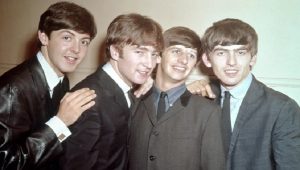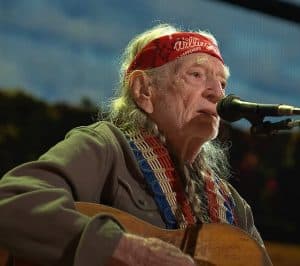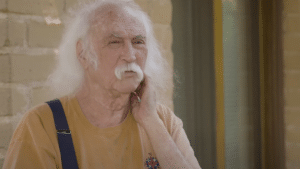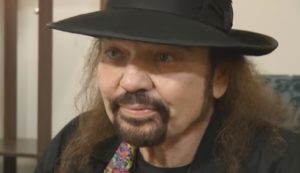Facts About “Abbey Road” Most Fans Don’t Know
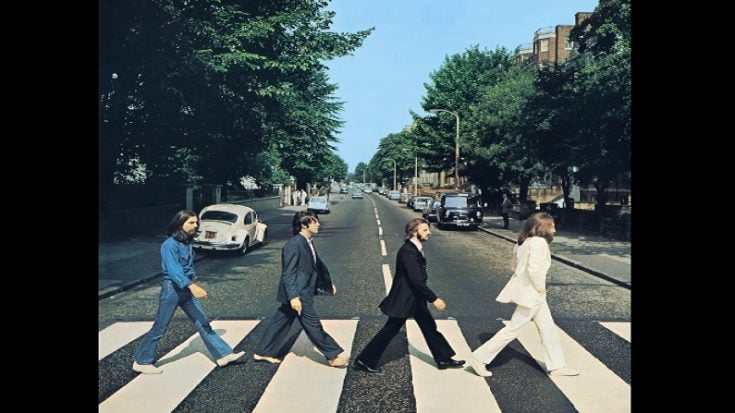
Come Together - The Beatles / YouTube
Abbey Road is one of the most iconic albums of all time, and for good reason: from its often-parodied cover to the medley that takes up much of the second side. But how well-informed are you on the subject? Sure, many people know that it was recorded after, but published before, “Let It Be,” and that there are plenty of Paul Is Dead clues on the cover, but that’s about it. As a result, we have produced this list of 10 Facts About Abbey Road That You Probably Didn’t Know.
- George Martin had initially refused to produce Abbey Road, but Paul McCartney convinced him to come back. Martin agreed to produce on the condition that he had complete control of the studio. The album was a happy record because everyone thought it would be the last.
- The album’s working title was Everest, but they changed it to Abbey Road because they were too lazy to travel to Mount Everest to shoot the cover. Instead, they photographed themselves on the nearest crosswalk to EMI Studios.
- John Lennon was sued for the opening line of “Come Together,” which was similar to Chuck Berry’s “You Can’t Catch Me.” The lawsuit led Lennon to record three songs owned by publisher Morris Levy, which became the impetus for his cover album Rock ‘n’ Roll.
- Everyone, including George Martin, agreed that “Something” was the best song on the album. Frank Sinatra recorded it twice, calling it “the greatest love song of the past 50 years.” “Something” was the only Harrison song to be the A-side of a Beatles single.
- “Maxwell’s Silver Hammer” was disliked by everyone except Paul McCartney. Harrison called it “fruity,” and Ringo Starr said it was “the worst track we ever had to record.” McCartney defended it, saying it was “just a silly story” that “epitomizes the downfalls of life.”
- It took Paul McCartney a week to record the vocals on “Oh! Darling.” He came into the studio before the others arrived to get the raspy quality he wanted.
- John Lennon initially didn’t like the idea of a medley on the album. McCartney and Martin fashioned the idea out of some unfinished ideas, but Lennon wanted a traditional, unconnected album. Eventually, Lennon contributed “Sun King,” “Mean Mr. Mustard,” and “Polythene Pam” to the medley.
- McCartney appropriated a poem by Thomas Dekker for the lyrics of “Golden Slumbers.” He changed a few words, put his own melody to it, and worked it into an existing song.
- Ringo Starr had resisted recording a drum solo for years but finally agreed to play the 15-second drum break on “The End” after much prodding. The three-guitar attack that follows was recorded live in one take.
- “Her Majesty” became a hidden track by accident. It was originally in the medley but was removed. Engineer John Kurlander put it after “The End,” and McCartney liked the way it worked in that context, so it remained.













